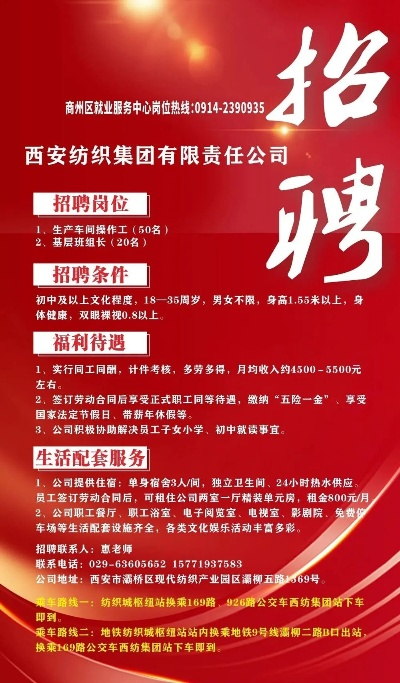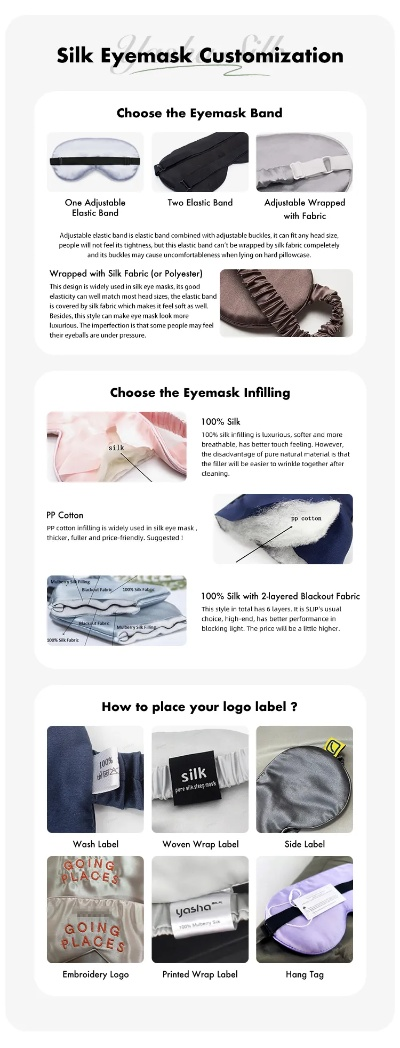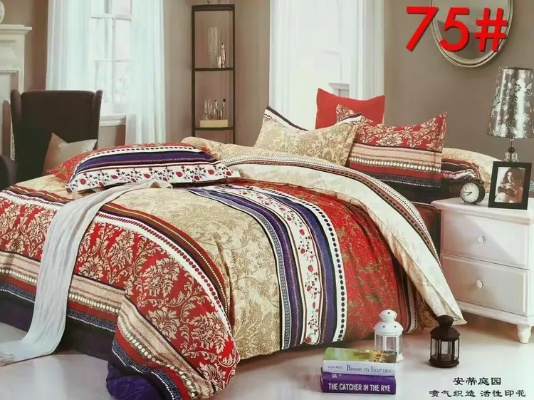The Rise of Textile Inspection Technology:A Global Perspective
: The Rise of Textile Inspection Technology: A Global Perspective,Abstract:,In the textile industry, quality control has always been a critical aspect, and the emergence of advanced inspection technologies has revolutionized this process. This paper provides a global perspective on the rise of textile inspection technology, highlighting its significance in enhancing product quality, reducing waste, and increasing efficiency. The discussion will cover various inspection techniques such as machine vision, non-destructive testing, and computer-aided design, their applications in different countries, and their impact on the industry's competitiveness. The study concludes that with continued technological advancements, inspection technology holds the potential to further improve textile production processes and contribute to sustainable growth in the global textile market.
Introduction: Textile industry, one of the most crucial sectors in the global economy, has always relied on high-quality raw materials and rigorous quality control measures to maintain its competitive edge. In recent years, advancements in technology have led to the development of innovative textile inspection methods that are both efficient and effective, ensuring consumer satisfaction and protecting manufacturers from potential product recalls. This report delves into the latest trends and breakthroughs in textile testing techniques, examining their impact on global trade and the future of the industry.
Textile Testing Methods and Technologies
-
Electronic Weighing and Measuring Systems (EWMS) EWMS systems use advanced sensors and software to weigh and measure textile samples accurately. These systems offer a high level of precision, reducing human error during testing. For example, in the case of polyester fabrics, EWMS can detect minor variations in weight and thickness, which could affect the fabric's durability or aesthetic appeal.
-
Machine Vision Techniques Machine vision technology involves the integration of computer vision algorithms within automated testing machines. These systems can analyze images captured by cameras to identify defects such as thread breakage, color variations, and pattern irregularities. This technique is particularly useful for large-scale production runs where manual inspection would be impractical or inefficient.

-
Near-Infrared Spectroscopy (NIRS) NIRS is a non-destructive testing method that uses light to measure the properties of materials without physically damaging them. In the textile industry, NIRS can be used to inspect yarns for moisture content, dye uptake, and chemical composition. This technology provides real-time data on material performance, allowing manufacturers to make informed decisions about production and quality control.
-
Laser Induced Breakdown Spectroscopy (LIBS) LIBS is a powerful tool for non-destructive testing that utilizes lasers to induce breakdowns in the surface layer of a material. This technique can detect defects such as pinholes, voids, and discoloration beneath the surface. LIBS is particularly valuable for high-end textiles where traditional testing methods may not be sufficient.
-
X-ray Computed Tomography (XRCT) XRCT is a non-destructive testing technique that uses X-rays to produce detailed cross-sectional images of samples. This approach allows for comprehensive inspection of complex shapes and intricate designs within textile products. By analyzing the images in detail, manufacturers can identify flaws and defects before they become visible to the naked eye.
-
Scanning Electron Microscopy (SEM) SEM is a highly microscopic technique that uses an electric beam to create high-resolution images of materials under different conditions. SEM is essential for identifying minute flaws such as pinholes, blemishes, and other surface imperfections. This technique is particularly useful for examining textiles with complex patterns or delicate finishes.
-
Moisture Sensing Technology Moisture sensing technology is designed to detect changes in moisture levels within textile materials. This information is crucial for maintaining the integrity of garments, especially those made from natural fibers like wool or cotton. Moisture sensing devices can be embedded in textiles during production to monitor their moisture content throughout the process, enabling manufacturers to optimize drying times and prevent damage to finished goods.
-
Chemical Analysis Detection Devices Chemical analysis detection devices are designed to identify specific chemicals or additives present in textiles. These devices can be used to ensure that textile products meet regulatory standards for safety and environmental protection. For example, they can detect harmful substances like formaldehyde or heavy metals that can be hazardous to human health if present in clothing or other textiles.
Case Study: Improved Textile Quality through Advanced Technology
One notable example of how technology is driving improvements in textile quality comes from the fashion industry. Companies like Zara, H&M, and Uniqlo rely heavily on advanced textile inspection technologies to ensure their collections meet high standards of quality and sustainability. For instance, Zara uses NIRS technology to inspect yarns for moisture content and dye uniformity, ensuring that their clothing is soft and comfortable for consumers. Similarly, H&M employs XRCT scans to examine the structural integrity of their fabrics before final assembly, helping them reduce waste and improve product longevity.
In addition to these examples, there are many other innovative textile inspection methods being developed and implemented across the globe. From machine vision technology for large-scale production to advanced moisture detection devices for consumer products, these technologies are transforming the way we understand and interact with textiles.
Conclusion: The future of textile inspection looks bright thanks to the continued progress and innovation in technology. From advanced weighing and measuring systems to sophisticated non-destructive testing techniques, textile inspection is becoming increasingly accurate, efficient, and cost-effective. As manufacturers look towards enhancing their product lines and meeting increasing consumer expectations, the role of technology in ensuring high-quality textiles cannot be overstated. As a result, we can expect to see further advancements in this field in the coming years, benefiting both consumers and businesses alike.
随着纺织行业的快速发展,纺织品的质量和安全性成为了消费者关注的焦点,为了确保纺织品的质量和性能符合标准,纺织品检测成为了不可或缺的重要环节,本篇文章将围绕纺织品检测这一主题,通过英文案例说明和表格补充说明,为大家介绍纺织品检测的相关知识。
纺织品检测的重要性

纺织品检测是确保纺织品质量的重要手段,通过纺织品检测,可以确保纺织品符合国家或行业标准,保障消费者的权益,纺织品检测也是推动纺织行业健康发展的重要手段。
纺织品检测的流程
纺织品检测的流程主要包括样品采集、样品预处理、检测方法选择、检测结果分析等环节,具体流程如下:
- 样品采集:根据检测需求,采集符合标准的纺织品样品。
- 样品预处理:对采集的样品进行清洗、整理等处理,确保样品状态良好。
- 检测方法选择:根据样品性质和检测需求,选择合适的检测方法。
- 检测结果分析:对检测结果进行数据分析,得出结论。
纺织品检测的案例说明
以某知名品牌的一款新型面料为例,介绍纺织品检测的具体过程,该面料采用了先进的纺织技术,具有优良的透气性和舒适性,为了确保该面料的质量和性能符合标准,该品牌采用了先进的纺织品检测设备和方法,对面料进行了全面的检测。
- 样品采集:该品牌从市场上采集了该面料样品,并进行清洗和整理。
- 样品预处理:在预处理过程中,该品牌对样品进行了严格的测试和处理,确保样品状态良好。
- 检测方法选择:该品牌选择了专业的纺织品检测机构进行检测,采用了先进的纤维含量测定、织物结构分析等检测方法。
- 检测结果分析:经过专业检测机构的检测,该面料各项指标均符合国家标准,证明其质量符合要求,该品牌也得到了消费者的认可和好评。
纺织品检测的表格补充说明
以下是关于纺织品检测的一些表格补充说明:
表格1:纺织品检测设备清单
| 设备名称 | 品牌/型号 | 参数/功能描述 |
|---|---|---|
| 纤维含量测定仪 | 专业品牌 | 用于测量纤维含量和织物结构 |
| 织物结构分析仪 | 专业品牌 | 用于分析织物结构、厚度等指标 |
| 其他辅助设备 | 根据实际需求配置 | 用于辅助样品处理和测试 |
表格2:纺织品检测流程示例图
(此处可插入表格示例图)
纺织品检测是确保纺织品质量的重要手段,通过纺织品检测,可以确保纺织品符合国家或行业标准,保障消费者的权益,随着纺织行业的不断发展,纺织品检测的技术和设备也在不断更新和完善,我们期待更多的纺织品检测机构能够不断创新和发展,为纺织行业的发展做出更大的贡献。
Articles related to the knowledge points of this article:
The Advanced Textiles Factory in China:A Case Study
UV Resistant Textile Manufacturing
The Price Dynamics of Nano Silver Textiles:A Comprehensive Analysis



